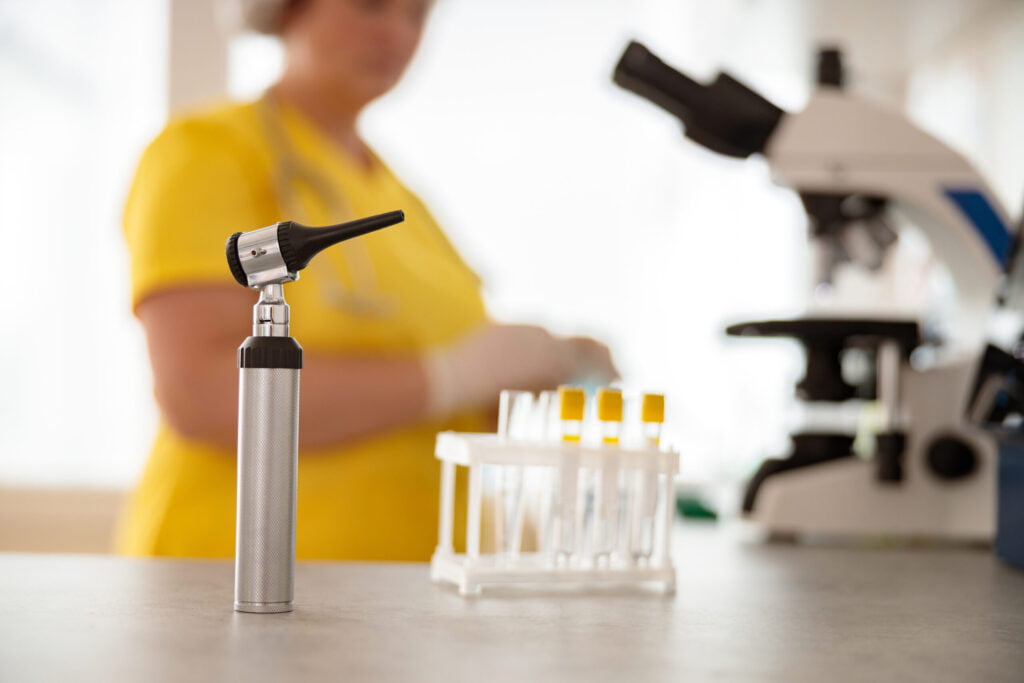In today’s digital world, technology continues to advance at an incredible pace, infiltrating every industry and transforming the way businesses run. Healthcare is no exception, as medical professionals increasingly rely on cutting-edge tools to better serve their patients.
One critical area that stands to benefit from technological advancements is infection prevention in hospitals. Below, we explore how software solutions can play an active role in reducing the risk of infection and improving overall patient safety. Keep reading to learn more.
The Role of Data and Analytics

Gone are the days of manual tracking and reporting methods for healthcare professionals. With advanced data and analytical software, medical staff can now efficiently gather, analyze, and share infection-related information. This information proves incredibly valuable for identifying trends, pinpointing outbreaks, and determining the most effective infection control strategies.
By providing a comprehensive view of patients’ medical records, including lab results, medication history, and other pertinent information, software solutions ensure that everyone involved in patient care works with accurate and up-to-date data. This helps prevent miscommunication or missed details, which could otherwise lead to infections.
Additionally, data and analytics tools can help hospitals compare their infection rates to regional, national, or even international benchmarks. This comparison allows them to identify where they might fall short and take appropriate action to improve their infection prevention measures.
Streamlining Communication and Collaboration
Efficient communication and collaboration between healthcare professionals are essential factors in infection prevention. With the help of software solutions, healthcare teams can easily share information and coordinate efforts to minimize the spread of infections within their facility.
The use of electronic health records (EHRs) has significantly enhanced the way medical professionals communicate and access critical information. With a few simple clicks, staff members can send secure messages, receive urgent alerts, and consult on treatment plans or infection prevention protocols. This seamless interaction reduces delays in crucial decision-making, ultimately limiting the chance for infections to spread.
Moreover, sophisticated software solutions, such as Devsu, can facilitate real-time communication and access to relevant resources, enabling healthcare providers to stay updated on the latest best practices and guidelines for infection prevention. The brand’s services are designed to help businesses increase efficiency, streamline processes, and achieve their digital transformation goals, and of which are crucial goals for medical facilities.
Mobile and Remote Monitoring Solutions

The introduction of mobile and remote monitoring solutions has significantly improved patient care and infection prevention. With these tools, healthcare professionals can keep a close eye on patients’ progress from a safe distance, reducing the need for face-to-face interactions and minimizing the risk of infection transmission.
Digital health applications can monitor patients’ vital signs, report symptoms, and track treatment adherence. The real-time data obtained through these remote monitoring systems can help in the early identification of potential infection risks, enabling providers to take immediate action.
Furthermore, these solutions can also streamline post-discharge care by connecting patients with their healthcare teams, thereby reducing the likelihood of hospital readmissions and potential exposure to infections.
Automation and Artificial Intelligence
Automation and artificial intelligence (AI) hold significant promise in improving infection prevention in hospitals. AI-driven software solutions have the potential to identify trends and patterns in vast amounts of data, which can then be leveraged by healthcare professionals to make informed decisions about infection control.
Machine learning algorithms can be trained to detect potential outbreaks or recognize subtle changes in patients’ conditions that might indicate an emerging infection. With these valuable insights, hospitals can be better equipped to take prompt action, prevent the spread of disease, and initiate targeted interventions where necessary.
Altogether, the emergence of sophisticated software solutions has brought about significant improvements in the realm of infection prevention in hospital settings. From enhancing data analysis and communication to enabling remote monitoring and introducing AI-driven technologies, these tools have made the healthcare landscape more conducive to patient safety and well-being. As technology continues to advance, we can expect even more innovative solutions to further revolutionize infection prevention and healthcare as a whole.





















